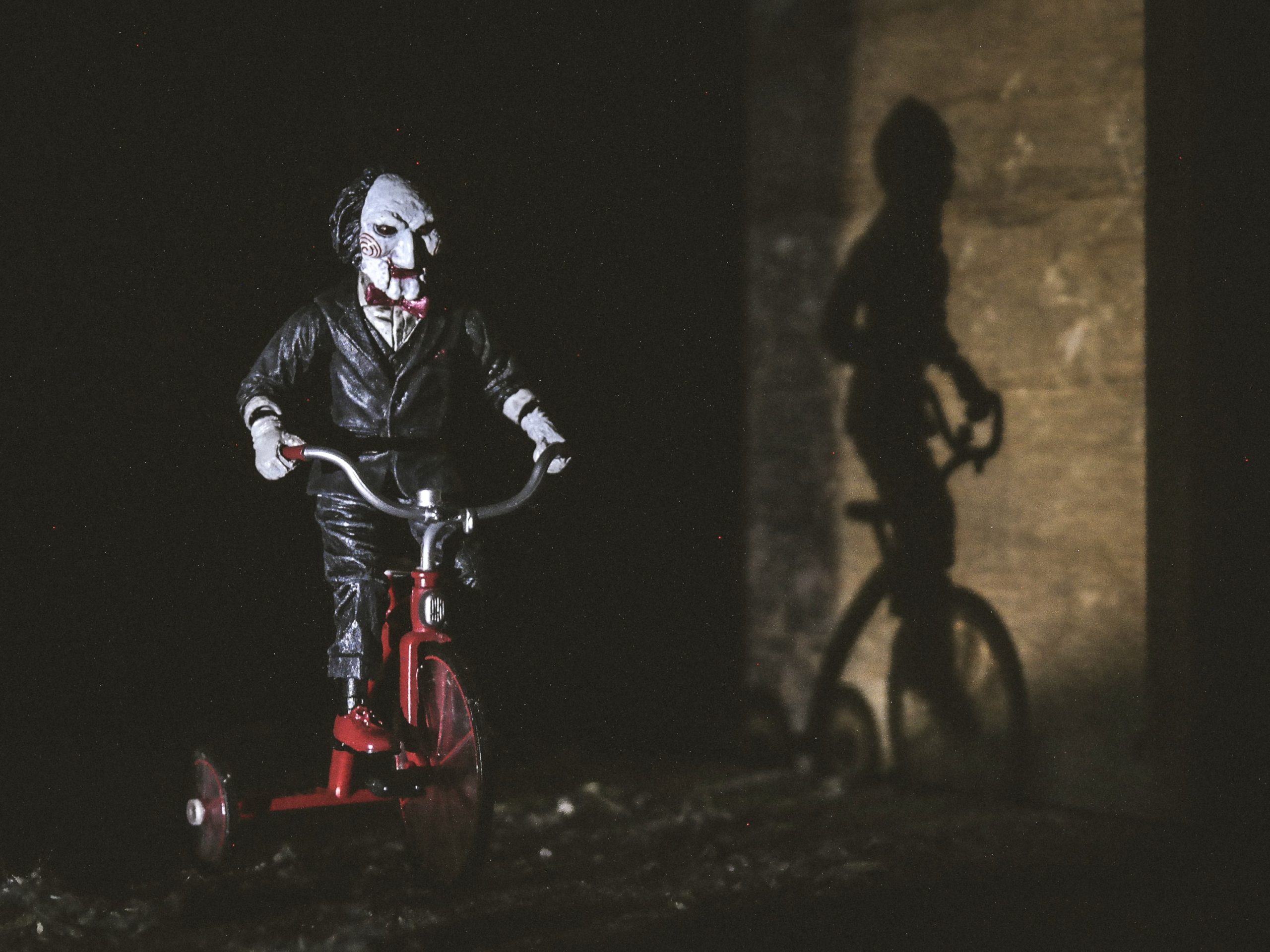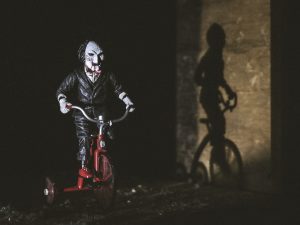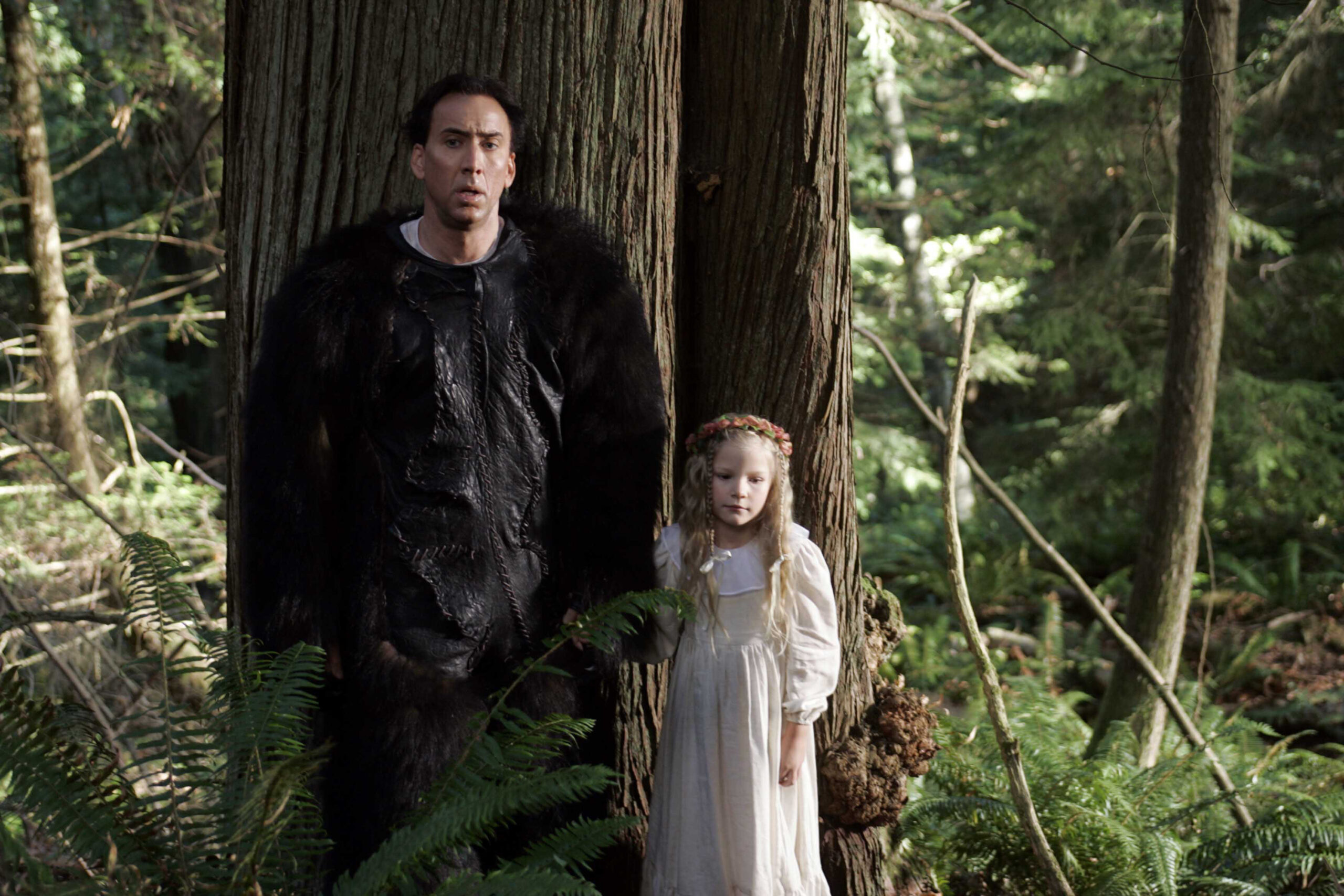During the early 20th century’s advent of cinema, the novelty of “moving pictures”—as they were then called—made the film industry incredibly profitable. Studios pumped out films as quickly as possible, having little regard for the historical value they may one day hold. As a result many of the earliest movies were not archived and are now considered lost media; in fact, according to the Library of Congress, approximately 75% of silent-era films are lost.
The horror genre is inherently enigmatic, so it is only natural that amongst scavengers of lost media, silent horror films in particular are of great interest. Today, we’ll discuss five of the most sought-after lost horror films.
London After Midnight (1927)
Slashfilm called London After Midnight “the holy grail of lost horror films.” Researching the film, it’s easy to see why. Directed Tod Browning—who went on to direct the 1931 horror masterpiece Dracula—and starring legend Lon Chaney, aka “the man of a thousand faces,” London After Midnight is thought to be an early foray into surrealist horror, featuring what critics at the time called an almost nonsensical plot, glued together by nightmarish imagery.
Unfortunately, the film was among the hundreds of silents destroyed in the 1965 MGM vault fire. Even in its absence, however, its legend remains, with an original poster for the film recently selling for $478,000 at an auction. Many speculate that there are private collectors who do own copies of the film, but these rumors are merely hearsay.
The closest one can come to experiencing London After Midnight is watching Tod Browning’s Mark of the Vampire, a 1935 talkie remake. Additionally, Rick Schmidlin of Turner Classic Movies created a 45-minute “reconstruction” of the film, compiling the little remaining footage with production stills and lengthy text descriptions based on the original script.
Lock Up Your Daughters (1959)
Lock Up Your Daughters is unique in that not only is it considered lost, some assert that it never existed in the first place. Starring Bela Lugosi three years after his death (more on that later), the film is said to be centered around a vampiric scientist performing barbaric experiments on women in an effort to revive his late wife. It is comprised of 1940s stock footage of Lugosi, and supposedly, its filmmakers offered a cash prize to viewers who could identify every piece of source material used to construct the film.
The only evidence of its existence comes from a surviving review by the publication Kinematograph Weekly. Otherwise, there is no record of it having been advertised or theatrically released.
The Terror (1928)

The Terror is not only the second “all-talking” film released by Warner Bros., it may very well be the first proper slasher: even the plot sounds like something straight out of the ‘80s. A quirky cast of characters, including a spiritualist and two men recently released from prison, go to an inn where the titular character, a crazed killer, resides. One by one, they are taken out by the Terror, whose identity is revealed in a shocking twist ending.
As ahead of its time as The Terror now sounds, critics in the ‘20s were less than impressed. The film was universally panned, film critic John MacCormac even going as far as to say, “The universal opinion of London critics is that The Terror is so bad, it’s almost suicidal.” Unfortunately, we’ll never know whether or not the film was simply too ahead of its time or actually as bad as critics insisted, as it is currently lost.
A Son of Satan (1924)
Released during an era defined by segregation, Oscar Micheaux’s A Son of Satan was considered a “race film,” meaning it featured an all-Black production team and cast and was marketed exclusively towards Black audiences. Because Hollywood excluded Black filmmakers at the time, preservation of race films in general is scarce. However, the reasons for A Son of Satan fading into obscurity are rooted in more than Hollywood bigotry. The film depicted scenes of (for the time) graphic violence that contradicted New York censorship laws.
Despite A Son of Satan being lost, Oscar Micheaux’s surviving body of work showcases his undeniable talent as a director. In 2021, Indiewire published the thinkpiece “Why Has Hollywood Still Not Given Pioneering Black Filmmaker Oscar Micheaux His Due?” With renewed public interest in his work, perhaps film preservationists will be motivated to at least entertain the notion that a surviving copy of A Son of Satan may exist.
Nights of the Werewolf (1968)
A Spanish/French standard werewolf flick, Nights of the Werewolf is focused on a college professor who discovers that one of his students suffers from lycanthropy (the supernatural transformation of a person into a wolf). Under the guise of trying to help this poor student, the professor manipulates the wolf into attacking people who have wronged him—the professor.
Like Lock Up Your Daughters, there is debate as to whether or not this film actually exists. According to lead actor Paul Naschy, the entire movie had been shot and edited. But after supposed director Rene Govar was unfortunately killed in a car accident, its release was halted. Interestingly enough, however, there is no record of a Rene Govar having ever directed another film. Because of this, some speculate that Naschy made the entire film up as a means of boosting his resume.
Another theory is that footage from the lost film was used to create 1970’s The Fury of the Wolfman, also starring Paul Naschy as a werewolf. Still, this doesn’t explain the Rene Govar connection, as no Rene Govar is credited as having anything to do with The Fury of the Wolfman.






